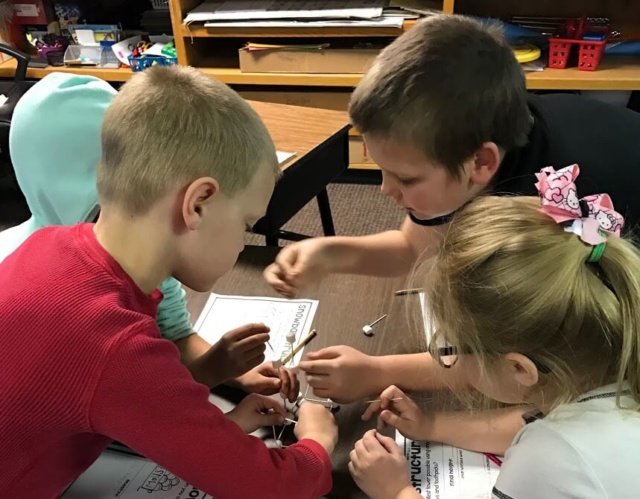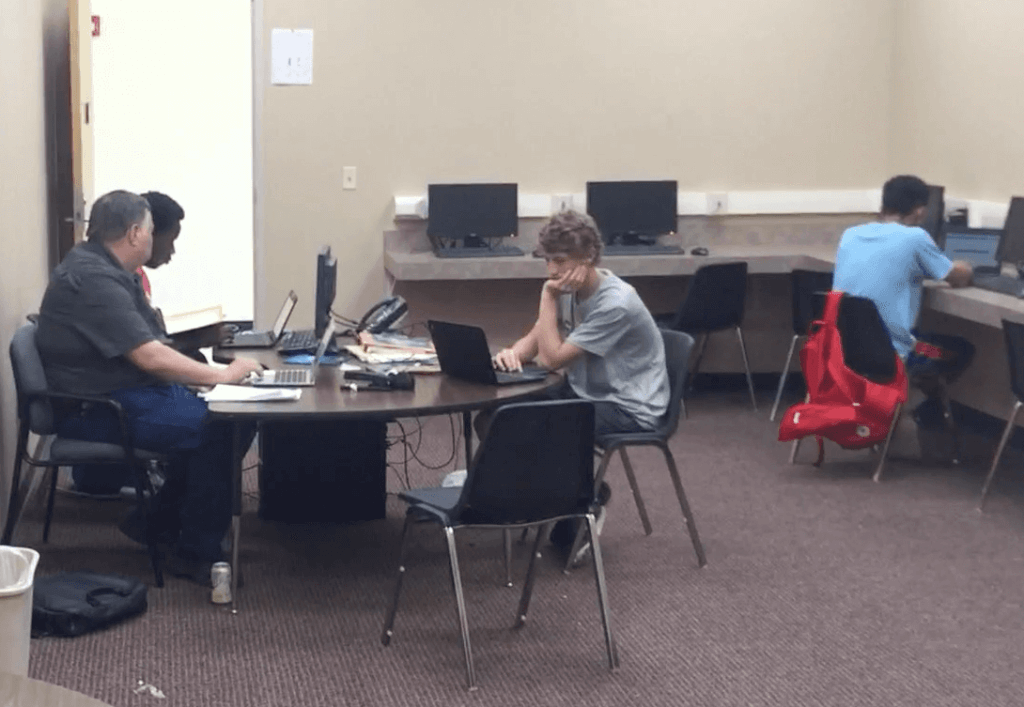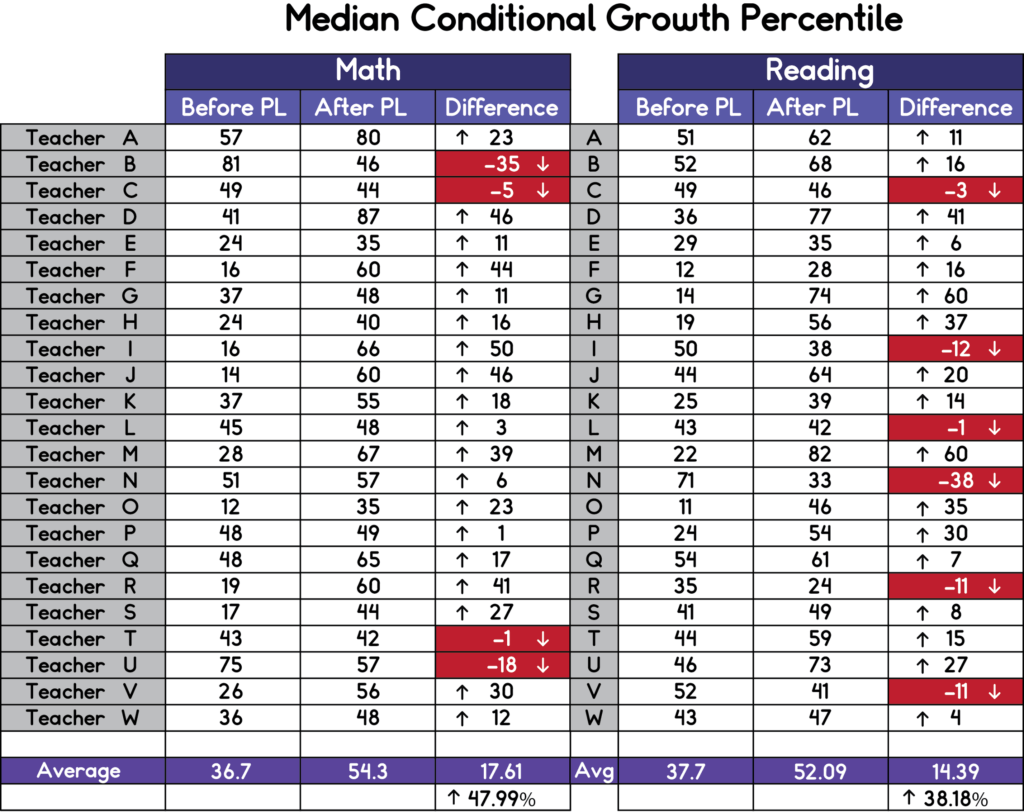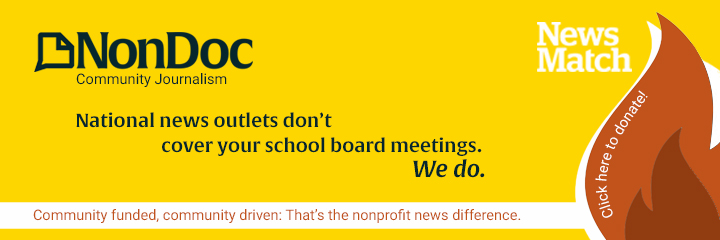
Never in our state’s history have public schools been in such a dire financial crisis. They can’t afford to buy new textbooks and are having to combine classes due to the teacher shortage. Music and art are becoming a thing of the past because they cost too much. Now, put yourself in a student’s position. How much personal instruction can that student receive when a class has 40-plus students crammed in a classroom? How can that student take Mandarin Chinese or AP physics when the school can’t financially support anything other than the basics?
Enter personalized learning (PL). To address the needs of an increasingly diverse student population, many Oklahoma public school districts are adopting this learning model. PL has gained traction nationwide not only for its ability to expand course options and engage students with a flexible learning schedule but also for the impressive student outcomes it produces. Gone is the “sage on the stage” lecture routine. Instead, PL provides students with a mix of digital and in-person instruction, which empowers teachers to serve as mentors and facilitators. Students are in the driver’s seat, where they have more responsibility and accountability for their own learning.
Momentum Schools embody PL in Oklahoma
Staff with the Oklahoma Public School Resource Center (OPSRC) began working with school districts across the state in late 2015 to implement Oklahoma’s version of personalized learning: Momentum Schools. Momentum gives students the choice of how, when and where they attend school. For example, a school designates certain hours each day when the building is open. As long as students get their state-mandated 6.5 hours of seat time in each day, they can choose when to be physically present.
Further, instead of traditional group class time, students schedule meetings with individual teachers to assess schoolwork. Students work at their own pace to ensure they master the content. As a result, parents, teachers and, most importantly, students are excited about and engaged in their education, and their progress proves it.
Case in point: Chickasha Public Schools (CPS) implemented their high school’s PL program in August 2016. Their elementary school began in January 2017.

High school statistics
- In spring 2016 (before PL), student assessment data showed 80.3 percent (math) and 53.6 percent (reading) of students were not on track for ACT college readiness.
- In spring 2017 (after PL was introduced), students in the traditional classroom setting and those participating in the PL program were assessed using Northwest Evaluation Association, which measures student progress. Results showed significantly higher gains for students within the personalized learning program:
Elementary school statistics
Student growth increased significantly in both reading and math for most classrooms in grades two through five:

This growth data is impressive for any school. It’s even more impressive because the high school achieved it within one year. The elementary, after only a few months.
Why is PL so important?
There are obvious reasons why PL is so important for our schools: no money in their coffers and a decreasing supply of teachers. With PL, schools are able to do more with less. Still, the fact remains that the majority of our state’s more than 500 school districts are located in rural communities. In more cases than not, their remote location keeps students from having access to robust curriculum options as well as to teachers who are qualified to teach these specialized subjects.
With PL, though, students have a more extensive catalog of online courses from which to choose. Further, they can control the speed at which they learn the content. This means that many PL students are able to take far more classes than a traditional school setting would allow. And those students who need more time? They can work slower without the worry of falling behind or facing criticism from peers. In all, PL provides the opportunity for a richer educational experience for all students.
Great effort leads to great rewards
The important thing to note (and for which we should commend schools) is that even in the throes of extreme financial hardships, they are taking on the substantial challenge of implementing an entirely new way of teaching and learning — all for the students’ benefit.
Make no mistake: this is no easy transformation. It takes great effort for these teachers to unlearn many of the methods they’ve always used for teaching. They have to give over considerable control of the learning process and reconfigure their roles as classroom leaders. Such adaptation takes time, patience and trust in the process. The result? Their students are thriving, and teachers are reminded how vital their role is in their students’ personal and professional success.
So what’s next? Each year brings another round of cohort schools and districts. Year one (2016) saw four participating school districts. Year two: eleven. If education budgets continue their decline while access to quality digital-learning content becomes more ubiquitous and affordable, we will undoubtedly see more of Oklahoma’s schools adopting similar programs.
























